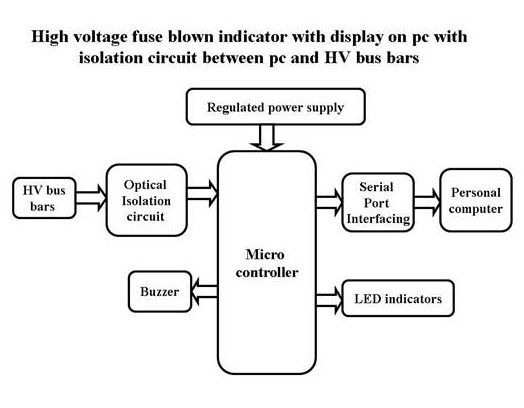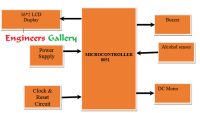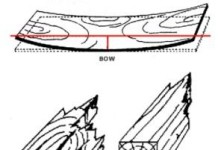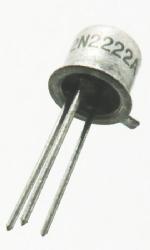Sunk Keys
The sunk keys are provided half in the key way of the shaft and half in the key way of the hub or boss of the pulley. The sunk keys are of the following types :
[nextpage title=”1. Rectangular sunk key.” ]
1. Rectangular sunk key.
A rectangular sunk key is shown in Fig. 1.
The usual proportions of this key are :
Width of key, w = d / 4 ; and
thickness of key, t = 2w / 3 = d / 6
where d = Diameter of the shaft or diameter of the hole in the hub.
The key has taper 1 in 100 on the top side only.

[sam_block id=”2″]
[/nextpage]
[nextpage title=”2. Square sunk key.” ]
2. Square sunk key.
The only difference between a rectangular sunk key and a square sunk key is that its width and thickness are equal, i.e.
w = t = d / 4
[sam_block id=”2″]
[/nextpage]
[nextpage title=”3. Parallel sunk key.” ]
3. Parallel sunk key.
The parallel sunk keys may be of rectangular or square section uniform in width and thickness throughout. It may be noted that a parallel key is a taper less and is used where the pulley, gear or other mating piece is required to slide along the shaft.
[sam_block id=”2″]
[/nextpage]
[nextpage title=”4. Gib-head key.” ]
4. Gib-head key.
It is a rectangular sunk key with a head at one end known as gib head. It is usually provided to facilitate the removal of key. A gib head key is shown in Fig. 2 (a) and its use in shown in Fig. 2 (b).

The usual proportions of the gib head key are :
Width, w = d / 4 ;
and thickness at large end, t = 2w / 3 = d / 6
[sam_block id=”2″]
[/nextpage]
[nextpage title=”5. Feather key.” ]
5. Feather key.
A key attached to one member of a pair and which permits relative axial movement is known as feather key. It is a special type of parallel key which transmits a turning moment and also permits axial movement. It is fastened either to the shaft or hub, the key being a sliding fit in the key way of the moving piece.

The feather key may be screwed to the shaft as shown in Fig. 13.3 (a) or it may have double gib heads as shown in Fig. 13.3 (b). The various proportions of a feather key are same as that of rectangular sunk key and gib head key.
The following table shows the proportions of standard parallel, tapered and gib head keys, according to IS : 2292 and 2293-1974 (Reaffirmed 1992).
[sam_block id=”2″]

[sam_block id=”2″]
[/nextpage]
[nextpage title=”6. Wood ruff key.” ]
6. Wood ruff key.
The wood ruff key is an easily adjustable key. It is a piece from a cylindrical disc having segmental cross-section in front view as shown in Fig. 4. A wood ruff key is capable of tilting in a recess milled out in the shaft by a cutter having the same curvature as the disc from which the key is made. This key is largely used in machine tool and automobile construction.

The main advantages of a wood ruff key are as follows :
1. It accommodates itself to any taper in the hub or boss of the mating piece.
2. It is useful on tapering shaft ends. Its extra depth in the shaft prevents any tendency to turn over in its key way.
The disadvantages are :
1. The depth of the key way weakens the shaft.
2. It can not be used as a feather.
[sam_block id=”2″]
[/nextpage]
Reference A Textbook of Machine Design by R.S. Khurmi and J.K. Gupta













